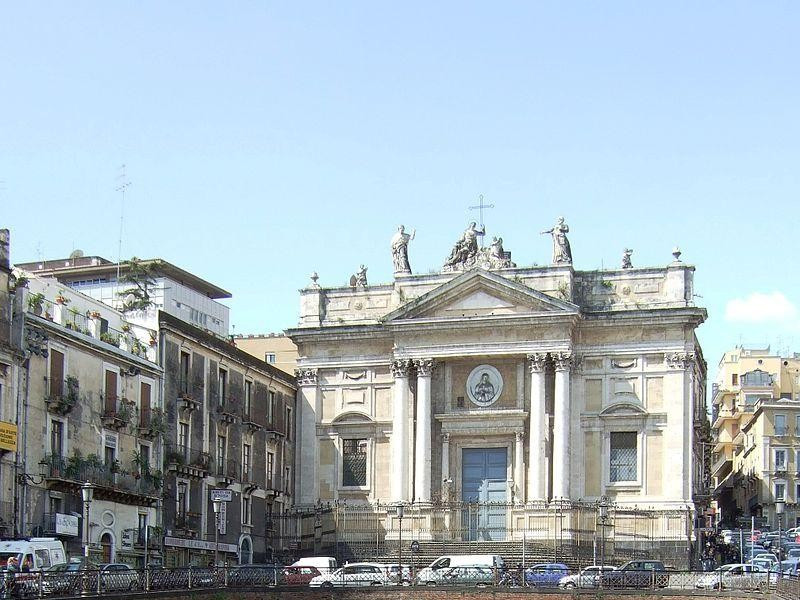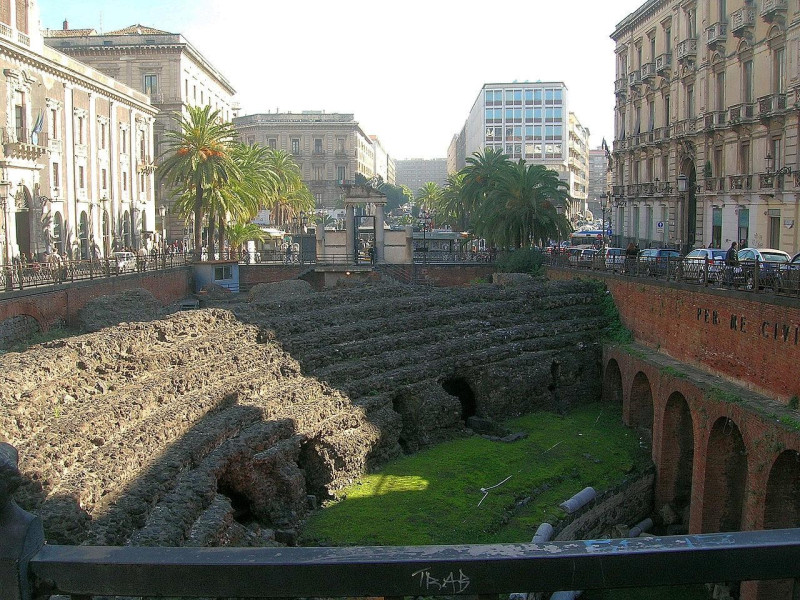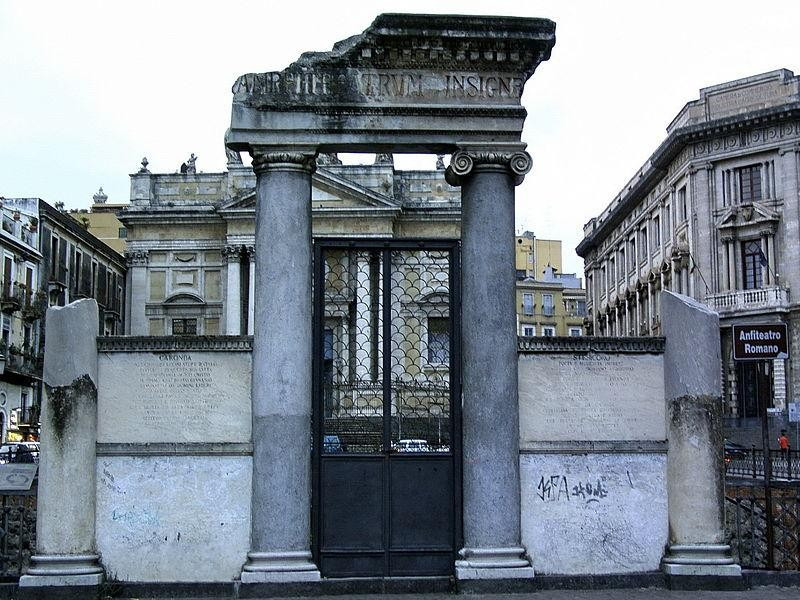Anfiteatro Romano
Dating back to the second century, it was on the northern edge of the old city, while today is part of the old town and the Archaeological Geco-Roman Park of Catania. In the thirteenth century, its vomitoria (inputs) were reused by the Angevin to access the city during the War of Vespers. In the following century the entrances were walled and the ruin was incorporated in the Aragon fortifications. After the earthquake of 1693, it was finally buried. From the second half of the eighteenth century the Amphitheater was the subject of archaeological excavations, followed by a sequence of interest and neglect. Partially restored in July 1999 has been reopened to the public. Visible remains representatives only a tenth of structure, which is the most complex and the largest amphitheater in Sicily. The building had an elliptical plant. On the hill, it was separated by a corridor with great archs and vaults that served as support for the bleachers. It was probably also provided a cover with large towels. Built with Etna lava stone covered with marble, it could accommodate thirty-two rows of seats. One tradition has it that were held there naumachie: true naval battles with ships and fighters, after filling with water. It is accessed through an iron gate decorated with arches pierced in the upper register and jambs with columns crowned with capitals from the lintel.



